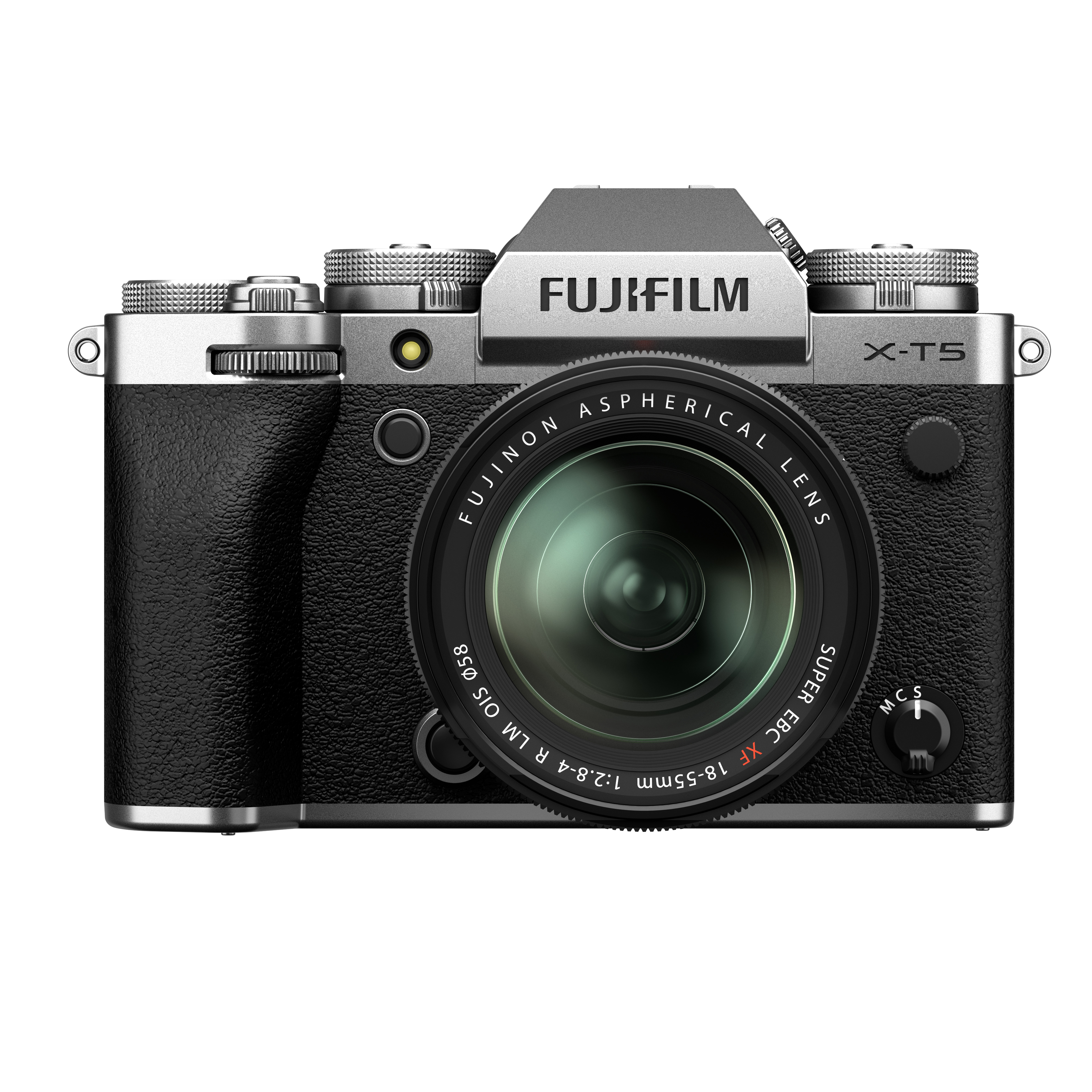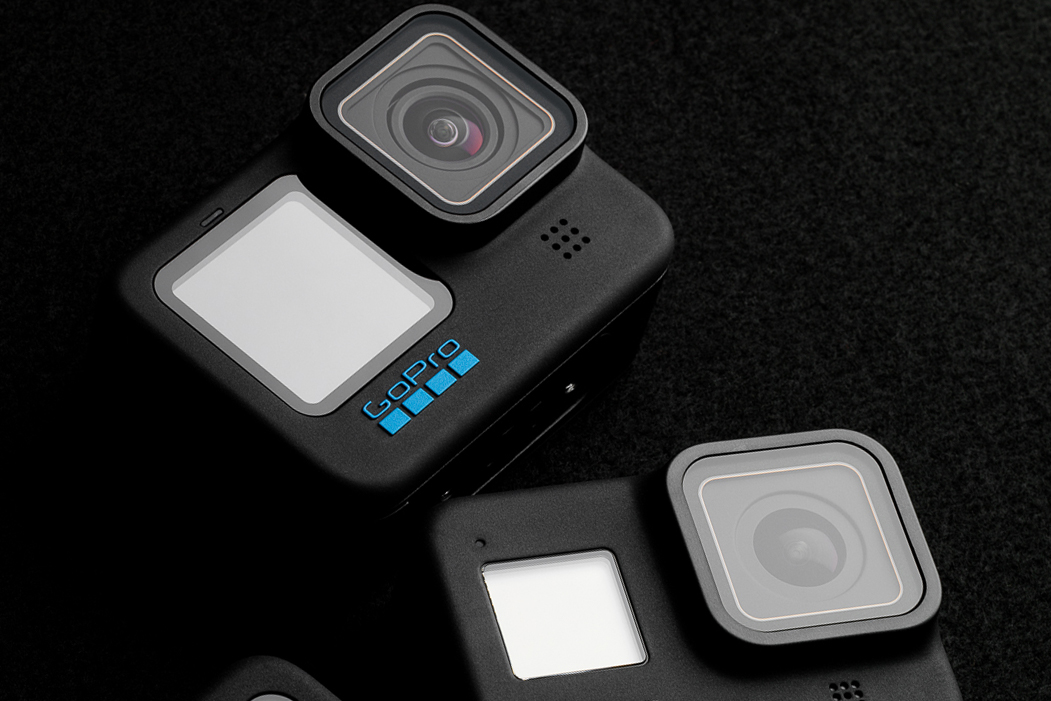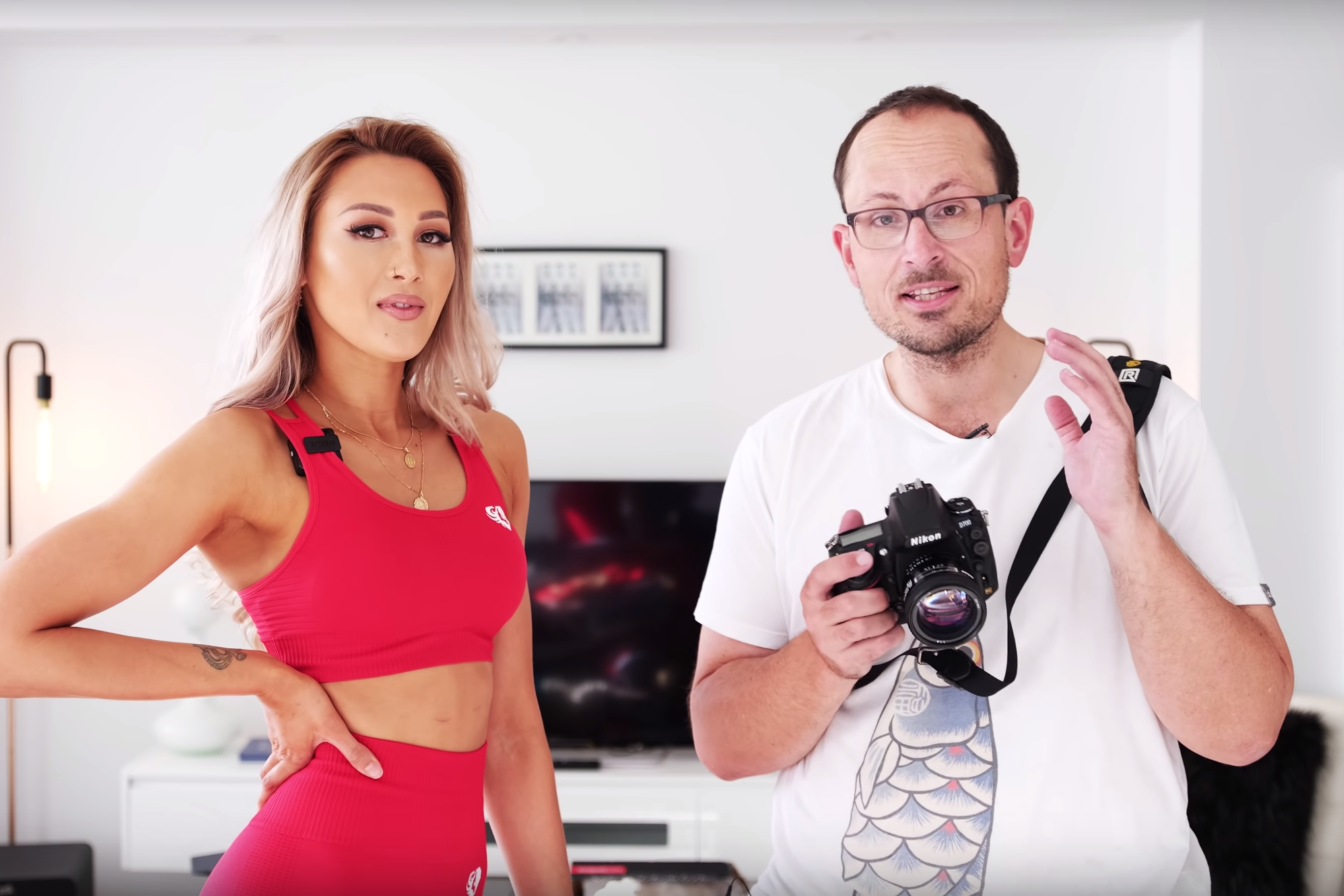
The 1980s! What a time to be alive! Well, that’s what I’ve heard anyway. I was a 1990s kid, which is basically the 80s best friend. Both pretty cool decades. One thing I’m sure of is the 80s had classics. From music to popular movies, like The Breakfast Club, Brat Pack, or Ferris Bueller’s Day Off, the 80s was the time to live and we owe it to this decade for many of the technologies, music, and movies we enjoy today. Now, all of these things are great, but let’s go back to my point about technology: cameras! The 80s were a peak time in photography.
As the sun set on the 1970s, 35mm cameras were just starting to shift from predominantly mechanical devices into slightly more advanced machines. Like David Hasselhoff in a black Trans-Am on flat desert road, in the 80s, the pace of technological advancement in the camera industry really accelerated to top speed. Having micro-electronic systems at the heart of a camera became the new normal and that made photography easier; new features progressed from more accurate shutter control to program full auto-exposure, to multi-segment light metering systems, to automatic reading of ASA/ISO codes, to integrated motors for advancing and rewinding, and finally AutoFocus (although AF didn’t truly come into its own until the next decade). The dominant manufacturers at the time are sometimes referred to as the ‘Big Five’: Canon, Minolta, Nikon, Olympus, and Pentax. These brands produced the majority of 80s cameras and their now classic models deserve to be passed down from generation to generation (so please don’t store them with the batteries inside). Let’s take a trip down memory lane and show some love to some of our 80s favorites.
CANON AE-1 PROGRAM
The Canon AE-1 Program made its debut in 1981, the successor of the Canon AE-1. The ‘program’ mode is simpler than the Canon AE-1, which allows the camera to automatically set both aperture and shutter speed. All you need to do is focus and shoot! If you’re ready to travel back in time and capture great photos, with its easy use, this camera is a start.
MINOLTA X-700
Another 80s favorite is the the Minolta X-700. A must-have among serious ‘Only from the mind of Minolta’ heads if you’re looking for sophistication and simplicity. If you’re just getting started in film photography it is a great student camera, too. Warning: you might hit a speed bump trying to turn it on! We think this is the only confusing thing about this camera. There is a small switch somewhat hidden under the mode dial. It’s fully manually capable but features an accurate electronically timed shutter that only requires two long lasting MS76 batteries. The early 80s was the dawn of Program Auto-Exposure; the X-700 had the mode.
 NIKON FA
NIKON FA
Oh the artistry of the Nikon FA! This was the most advanced camera on the market in 1983. It’s known for being the first camera to offer multi-segmented light metering for better exposures.

OLYMPUS OMG
Somewhere in Japan a question was asked: With auto-exposure here to make life easier, who’s going to want a shutter speed control built-in? When Olympus made the OM10 (predecessor to the OMG), the only way to get manual shutter speeds was to buy a plug-in ‘Manual Adapter’ dial, so the answer to this question was that LOTS of people still expected a built-in manual shutter speed control. Olympus brought it back with the OMG which was named the OM20 outside the US.
 PENTAX P3
PENTAX P3
Think of the P3 as an updated Pentax K1000 with added features like Program Auto-Exposure, depth of field preview, auto-exposure, TTL flash metering, and an electronic timer. The P3 was also one of the first cameras to feature DX code reading where electronic contacts in the film compartment read conductive patches on the roll’s exterior so the camera can automatically set the correct ASA/ISO. Like the K1000, the P3 is great for the beginner film enthusiast for its easy-to-use, reliable body and compatibility with a variety of lenses to experiment with.

Past, present, and probably future decades have had and will have some pretty legendary cameras, but the 80s? Oh this was a beautiful time. I bet, if you rummage through your grandparents basement (or visit KEH.com), you’ll be sure to find one of these now precious classics!


 NIKON FA
NIKON FA PENTAX P3
PENTAX P3 


